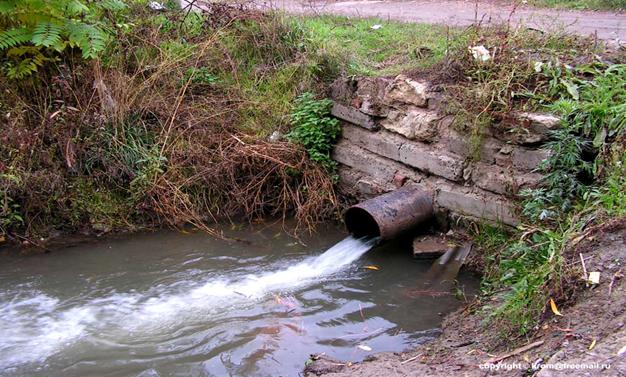TEXT4. CONCERNS ABOUT RUSSIAN WATER SUPPLIES
The Analytical Center for Water Quality Control reports that the main contaminants in Russia's drinking supply include deadly bacteria, viruses, gasoline, sand, iron and in some cases heavy metals. There have also been recorded cases of salmonella, cholera and hepatitis resulting from toxins in water.
Health Ministry officials have noted links between the rising incidences of allergies and bronchitis – especially among schoolchildren – and the declining drinking supply standards. "A high concentration of iron in the water supply affects at least 50 million people in Russia", said Deputy Health Minister Gennady Onischenko. "Between 20–30 percent of all children examined for water contamination were diagnosed with some kind of disease and 30 percent demonstrated deteriorated health. With intense industrial development concentrated in certain areas the problem of clean water in Russia is very much a region-by-region one. In the Lipetsk Oblast, 'hard' water causes a high rate of kidney disease. The most contaminated rivers are in the Arkhangelsk Oblast, Kalmykiya, Dagestan and the Karachayev-Cherkessk regions as well as in the Volga region, especially below Ulyanovsk", Onischenko said.


However in other cases experts concede it is difficult to direct the blame of drinking-water contamination to big industry – with nearly 50 percent of the country's water pipes in unsanitary conditions.
"The quality of water coming from the pipes is questionable not only for drinking but even for household purposes'', said Nikolai Lavrov, a member of the Russian Academy of Sciences.
In certain regions, including some around Moscow, nearly 80 percent of the pipes are unsafe. In some existing layouts plumbing and tap-water piping run parallel to sewage piping. Because of this filtered water often gets contaminated on its way to houses and apartments.
Reconstruction of Moscow piping infrastructure will cost $1.5 billion, experts say, but there are no plans in the works to do this.
Previous efforts to deal with the problem have ranged from enacting legislation on the national level to small regional projects sponsored by nongovernmental and international organizations.
Ex.1. Answer the following questions:
- Are Russia's drinking supplies safe?
- What are the links between the rising number of diseases and the declining water standards?
- Why do we call the problem of clean water in Russia a regional one?
- What factors affect the quality of tap water?
- Can water contamination be prevented?
Ex.2. Find in the text the English equivalents for the following:
Aналитический центр контроля за качеством воды; Министерство здравоохранения; увеличение количества случаев заболеваний; ухудшение стандартов качества питьевой воды; отравление питьевой водой; ухудшение здоровья; антисанитарное состояние.